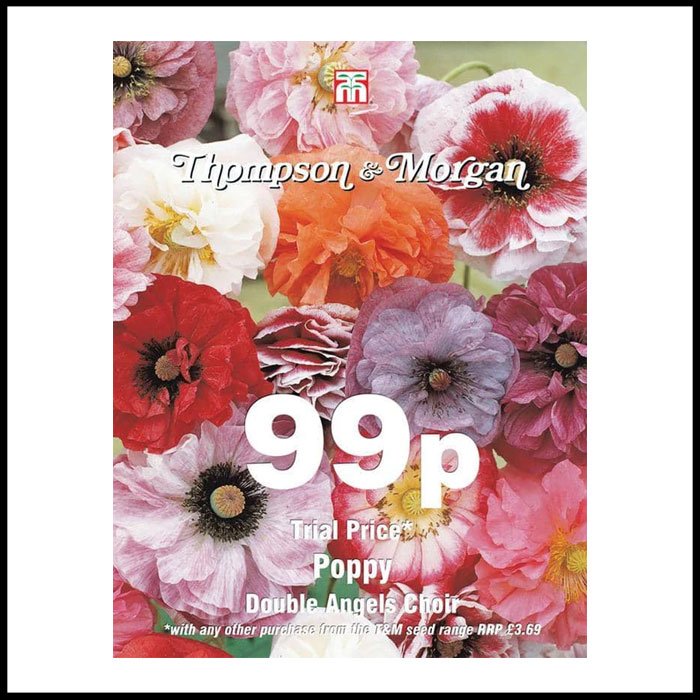 Image 1 of 2
Image 1 of 2

 Image 2 of 2
Image 2 of 2



Herb - Chervil
Curled chervil is one of the few hardy annual herbs for all-year-round use. The leaves can be chopped and used in salads, stews, and dressings, or used as a garnish in the same way as parsley. Widely used on the continent for its rich savoury flavour resembling that of caraway, which blends well with fish and meat.
Height: 45cm (18"). Spread: 25cm (10").
Curled chervil is one of the few hardy annual herbs for all-year-round use. The leaves can be chopped and used in salads, stews, and dressings, or used as a garnish in the same way as parsley. Widely used on the continent for its rich savoury flavour resembling that of caraway, which blends well with fish and meat.
Height: 45cm (18"). Spread: 25cm (10").
Curled chervil is one of the few hardy annual herbs for all-year-round use. The leaves can be chopped and used in salads, stews, and dressings, or used as a garnish in the same way as parsley. Widely used on the continent for its rich savoury flavour resembling that of caraway, which blends well with fish and meat.
Height: 45cm (18"). Spread: 25cm (10").
Direct sow chervil seeds outdoors from March to August into well prepared, fertile, moist soil in dappled or semi shade. Sow seeds thinly at a depth of 1cm (1/2") in drills 30cm apart. When large enough to handle, thin out seedlings to 15cm (6") apart. Make regular sowings for a constant supply. Late summer sowings in the greenhouse will provide a ready supply of fresh chervil leaves throughout winter. Alternatively sow indoors in pots on the windowsill for fresh leaves virtually all year round.
Chervil plants can quickly run to flower if not kept watered. Chervil leaves should be harvested 6-8 weeks after sowing before flowering commences.







